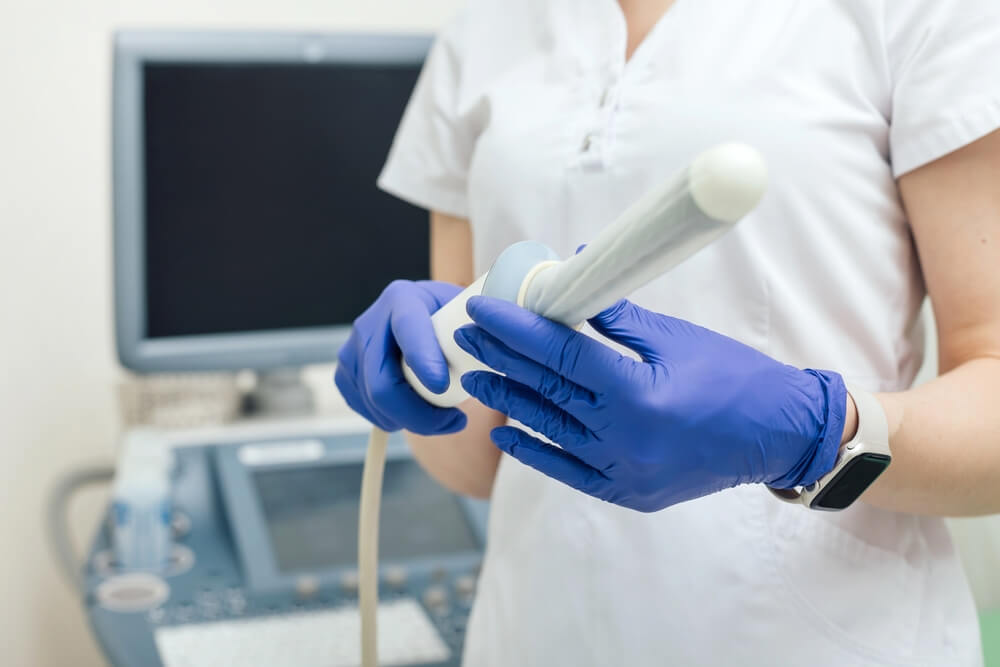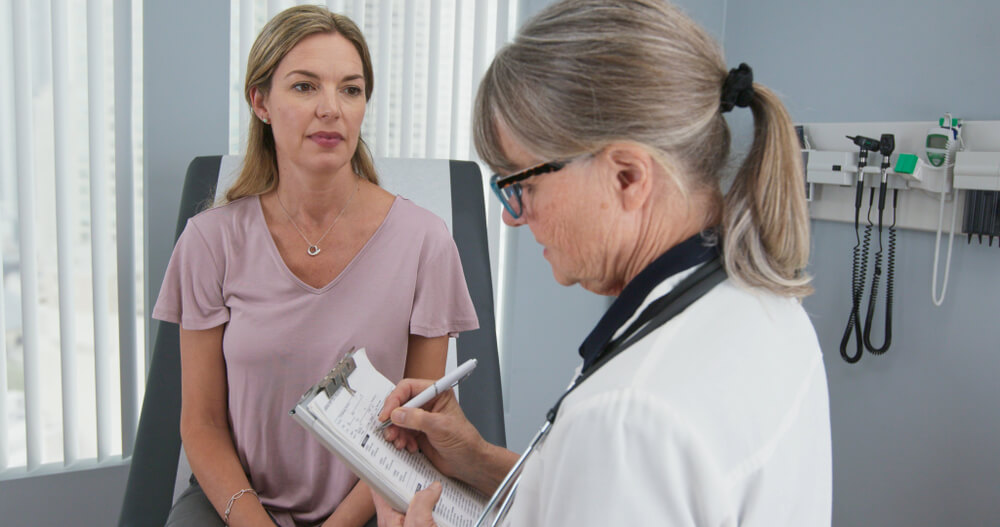Rejuvenating your vaginal area can stem from different reasons, depending on the individual deliberating whether or not to undergo this type of treatment. The reasons are mostly health-related, but there are also cases where women do treatments like these to improve the appearance of the overall vaginal area (the clitoris, the labia, the vagina, etc.).
My OBGYN Specialists clinic is a medical institution that offers services and other related treatments, to help women enhance their health and better the overall functioning of their reproductive system. Make sure you review different clinics and the services they offer before deciding on the one you feel most comfortable with.
Remember that the medical professional of your choice needs to be highly experienced and very specialized in performing surgeries that fall under vaginal rejuvenation treatments.
Vaginal Rejuvenation Is..?
An umbrella term for corrective procedures done on the vaginal area is vaginal rejuvenation. For different reasons, your vaginal area might lose its strength and elasticity, leading to issues with the vagina and the surrounding tissues, such as vaginal dryness, urine incontinence, lack of sexual arousal, etc. Due to all this, many women turn to vaginal rejuvenation for help to improve the functionality of their vaginal area and enhance its looks. Most treatments are done surgically, but a few non-surgical approaches exist.
Reasons to get vaginal rejuvenation treatments are extensive, but most commonly, they are connected to infertility, menopausal issues, sexual performance issues, etc. That said, here is a list of potential issues you can try to resolve with a treatment like vaginal rejuvenation:
- Urinary incontinence, i.e., leaking urine when moving, laughing, sneezing, jumping, etc.
- Lack of libido
- Excess vaginal dryness
- Pain during sexual intercourse
- Loose skin on the vaginal area
- No sensation or sexual satisfaction
- Low self-esteem caused by some of the issues mentioned above
Surgical Approaches to Vaginal Rejuvenation

As mentioned, vaginal rejuvenation treatments can be both surgical but also non-surgical. The treatments can be done both on the vulvar area (the outer part of the female reproductive organs) and the vaginal area (the vaginal canal where the penetration takes place).
The following methods are most commonly used to resolve issues in women:
- Labiaplasty: a procedure used to reshape the labia of the vagina, i.e., the vaginal lips
- Vaginoplasty: a process to tighten and repair the vaginal canal after the woman has given birth
- Monplasty: the treatment for removal of fatty tissue found in the pubic bone area
- Clitoral hood reduction: used for removal of access tissue covering the clitoris
- Perineoplasty: procedure used to strengthen the perineum, i.e., the space between the vagina and the anal area
- Vulvoplasty: used for reshaping the vulvar area or women’s external genitalia
- Labia majoraplasty: the treatment for the reduction of the size of labia majora (the outer lips of the vulva)
All these procedures are done under sedation or anesthesia, and they are performed by a plastic surgeon or a specialized gynecologist.
When it comes to the procedure itself, its development depends on the type of treatment you choose. Most commonly, the patient comes to a pre-treatment consultation, where they present their worries and symptoms and decide with the help of the medical provider what would be the best option for their particular situation. This is when you are supposed to ask all the questions you want to know and understand every possible risk involved with undergoing a vaginal rejuvenation procedure.
Most surgeries of this type last up to two hours, but it, of course, depends on the procedure, the complexity of the treatment, and the surgical method used. Most patients go under general anesthesia, and the surgeon makes cuts on the vulva or the vaginal area and fixes the issues. Most interventions are closed up with dissolvable stitches, so you do not have to endure any additional pain.
Post-op recovery will be clearly explained to you by your doctor, and restrictions will be put in place, such as the avoidance of sexual intercourse and usage of any scented, aggressive intimate care products. You will most probably have to ice the area and take painkillers if you start feeling pain and discomfort.
Understanding risks and potential complications before going into the surgery is crucial for recovery because you can better prepare and stress less after everything is done. To prevent infections and other complications, the doctor will give you everything you need before leaving the treatment facilities.
Non-surgical Approaches to Vaginal Rejuvenation
Non-surgical methods for approaching issues concerning the vulvar and vaginal area are most often seen as very noninvasive and safe, with a short recovery time. They are primarily used for the cosmetic repair of the vaginal area without using any surgery, knives, or needles. Most commonly, the procedures include heating the upper layers of the vaginal tissue causing the tissue below to produce collagen and become firmer.
The treatments can include:
- Radiofrequency treatments use electromagnetic waves to heat the tissue and improve blood flow and collagen production.
- CO2 laser treatment is used to heat the upper layers of the vaginal tissue and, in that way, motivate the lower layers to produce more collagen. Due to this, the skin becomes tighter and firmer.
Both of the mentioned treatments can be done at the doctor’s office with little to no local anesthetic. Most often, the patients can continue with their day as planned without any recovery time needed.
When it comes to the exact process of the non-surgical approach to vaginal rejuvenation, here are some pieces of information that might be useful to you:
- A wand with a lighted top is inserted into the vaginal to heat the tissue
- The surgeon rotates the probe to distribute the created heat onto the affected areas evenly
- Laser rejuvenation lasts up to 30 minutes, depending on the intensity of the laser and the type of procedure
- The process is mostly painless, and it is done without anesthesia
- You can ask for a topical anesthetic if you start feeling uncomfortable
- You will not be able to have sexual intercourse or use tampons for at least five days post-op
- Some swelling and redness are common during recovery time, but it should pass after a day or two.
- You might need to repeat the procedure to reach the most optimal results.
Benefits

There are many benefits to vaginal rejuvenation, which include:
- Decrease in urinary incontinence (leaking urine)
- Improvement in the tightness of the vaginal area
- Increase in lubrication
- Increase in vaginal moisture
- Increase in the sensitivity of your vagina
- Strengthening of the pelvic and vaginal muscles
- Enhancement in the appearance of the vulvar area, i.e., the labia minor and major, clitoris, and the vaginal opening
Risks and Complications
Although many vaginal rejuvenation treatments are considered safe, not all of them are. There are some risks involved with specific treatments, especially if they are of surgical nature. The risks include pain, excess bleeding, infections, painful sexual intercourse, and scarring.
All of these need to be mitigated and explained to you by your doctor before going into the treatment.
Call Us!
Vaginal rejuvenation treatments have helped millions of women feel better and more comfortable in their own skin. If you are struggling with specific issues, call our experts and find out what would be the best solution to the issues in question. We are here, so call us!


